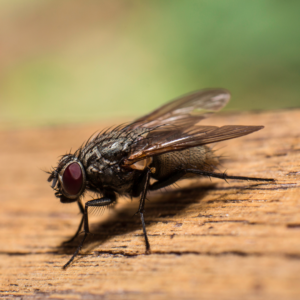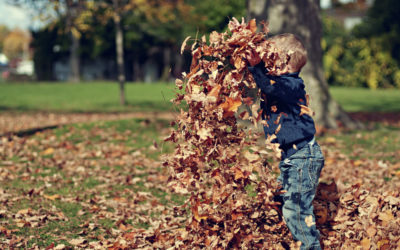The House Fly: How Long Do Flies Live?
You may have heard that the common housefly has an incredibly brief life. There are plenty of rumors that these small insects have lifespans of 24 hours or less, but those are just rumors. These flies live long, productive, nuisance-generating lives – typically for up to 25 days. When they’re buzzing around your face, you’re likely reaching for the closest flat-edged object in an attempt to decrease that lifespan.
Musca Domestica 
Have you ever wondered where these flies come from? Ever wonder how they end up orbiting your head, like loud, giant-eyed satellites? Well, you’ve come to the right place. We’re going to talk about these little pests – their origins, their life cycle, as well as how to avoid having to share your spaces and life with them.
The common housefly has a fancy scientific name – the Musca domestica. You might be wondering what that Latin translates to, and I have an underwhelming answer for you. It means domestic fly. These small pests have been plaguing people for centuries, from Central Texas to Timbuktu. Fortunately, we’ve learned enough about flies to ensure we don’t have to live with them in the numbers that our ancestors did, and we’ll talk about what modern pest control can do to help with that.
The life cycle of a house fly
House flies start as eggs, and they typically have lots of siblings. Female flies lay batches of eggs, usually numbering around 100. The eggs are generally laid in decaying organic matter.
Within 24 hours these eggs become maggots. For one week the maggots grow and develop through a few more larval stages called instars. By the end of the first week, the maggots have transformed to occupy their last larval skin, a puparium a.k.a a fly sack. You can often see the larva stages in a dumpster or trashcan that is not cleaned regularly.
After approximately four or five days of occupying their puparium, the larval pests emerge as adult flies. Ready to assault family barbeques, antagonize people, and pester every other living being on the planet.
Is a House Fly harmful to humans or pets?

Unfortunately, flies aren’t only a nuisance, they’re a health hazard. They are born and live to harvest things that are bad for us. Flies are a disease vector. Meaning they transport and spread things that make humans sick. They carry dangerous organisms in their mouth and on their hair. Flies also excrete organisms that are bad for us. the house fly is classified as a “mechanical vector” because they carry pathogens like those responsible for salmonella, cholera, and tuberculosis without actually transmitting them.
How to eliminate house flies from your home
Now, there are things we can do to prevent flies from becoming a nuisance and health risk in our own lives. This starts with eliminating areas that are conducive to their growth. As we mentioned earlier, trash bins and dumpsters are prime examples. Routinely emptying and cleaning these receptacles makes them far less attractive to female flies looking for places to lay their eggs. Regularly picking up what your pet puts down helps with that too. Eliminating points of ingress and egress (entry and exit points) in our homes helps to at least keep them outside.
Modern pest control solutions include insecticides and residual sprays that help make locations unappealing to prospective flies. Some aerosols can eliminate them quickly. Perhaps the most effective modern pest control solution is the personalized advice of experts. Pest control professionals can help show you how to prevent flies and where they can gain access to your home. The specialists at 855Bugs have the kind of experience and equipment required to help fly-proof your home. They’re always a quick click or phone call away. When you sign up for 855Bug’s “Don’t Bug Me Plan” you get access to their expertise year-round – reach out today to protect your home and family from all the pests that call Central Texas home.




